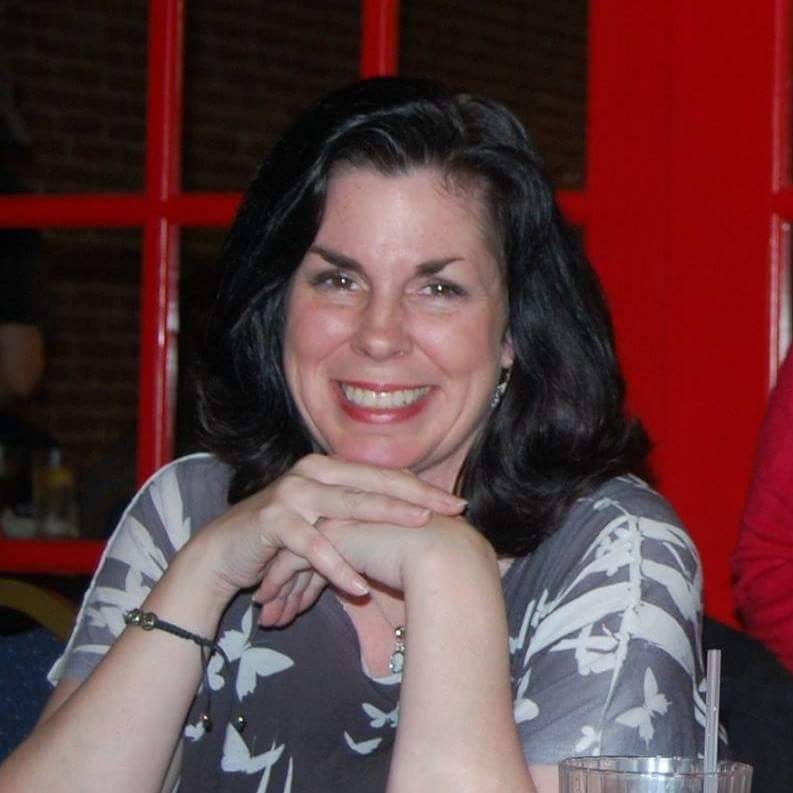By WENDY HODGE
It is 7:15 a.m. when I begin my fervent prayer for AC. My van is old, and it’s a crap shoot every time I crank the engine. So far I’ve been lucky – the air conditioning has held up its end of our “survival deal.” I have promised to keep the oil clean and the tires rotated if it will promise not to sputter to a stall on the interstate or billow smoke out of the tailpipe or hood. This morning the cool air flows from the vents, and I thank the heavens for the relief. As early as it is, it’s already muggy and stagnant on this day that boasts a high of 92 degrees. This is, after all, Alabama in May. As my grandmother would say, “This summer is gonna be hotter than Satan’s toenails.”
The radio is playing show tunes. Here’s my guilty secret: I know every word to every song from Chicago, Phantom of the Opera, and Les Miserables. And I can sing bass. Don’t tell anyone.
My performance is interrupted by a commercial for a summer camp – Wiregrass Christian Youth Camp. And just like that, I am a ten-year-old in the “way back” of my parents station wagon headed for Enterprise, Alabama and a week of summer camp.
Enterprise is a small city in southeastern Alabama which boasts a statue of a Greek woman with arms raised above her head. In her outstretched hands she holds a boll weevil. That’s right – a boll weevil. One of the most destructive critters in southern history perches atop the marble statue in all its beetle-like glory. It is, quite possibly, the ugliest monument I’ve ever seen. But it is a testament to the resilience of the South and the genius of men who lived and died by the crops they harvested. A hundred years ago, cotton had long been king of the South, but the boll weevil was a pestilence that bankrupted many farmers all over Alabama – at least until enterprising farmers began to plant more peanuts along with potatoes and sugarcane and tobacco. Diversification was their salvation, and so it was thought appropriate to honor the insect that forced a change on the slow southern way of life.
It’s still an ugly statue.
I remember driving past “The Boll Weevil” every summer we headed to camp. Once I saw it, I knew we were close. To say I was excited would not be quite correct. Don’t get me wrong, I did enjoy camp, but I honestly don’t think there is a hotter spot on this planet than on the concrete slab surrounded by endless fields of dirt in Coffee County, Alabama that was lovingly called “Camp Wiregrass Pavilion.” How the grownups managed to say that with a straight face, I’ll never know. The concrete was cracked and appeared to be as old as that boll weevil statue. There were ant beds spaced out around the perimeter as if they had been landscaped just so. Waves of heat shimmered on the horizon. Shade was a fiction, an absolute untruth. We all knew there was an actual summer camp out there somewhere, but standing on The Pavilion, it was just about impossible to picture it.
While counselors greeted everyone, parents would pull their hatchbacks onto the concrete, and kids would pile out. Suitcases and plastic bags littered the concrete, small piles of personal belongings looking sad and limp. And then all the cars would depart as if on cue, leaving all us campers to find our cabins and claim a bunk.
My first year I was assigned to the Cherokee cabin, which I was convinced my Cherokee ancestors had a hand in arranging but was actually because my last name began with an H. I had a top bunk, which I preferred. Waking up at 3 a.m. to someone standing on your head while they attempt to find the bathroom is not my favorite thing. My friend, Lori, who I knew from back home, was unfortunate enough to get the top bunk in the middle of the cabin directly beneath the hanging light. Every night, when “lights out” echoed from cabin to cabin, Lori would reach up and pull the chain plunging the room into muted moonlight. And every night, right on cue, 45 seconds later, Lori would begin screeching as all the bugs that had been hovering around that light bulb (including what we all assumed would be at least a dozen boll weevils) landed right on her little girl face. We all felt so bad for her, but I don’t recall a single one of us volunteering to switch with her. Every child in that cabin knew how nasty a boll weevil looked from a distance, much less right there in the bed with you. I feel bad about that to this day; so, Lori, if you’re reading this, my deepest apologies. I blame the boll weevil statue for my selfishness.
But morning came every day, and we stepped out onto the Pavilion. Shielding our eyes with our hands, we squinted into the sun and broke into a run to start the day….
To Be Continued

